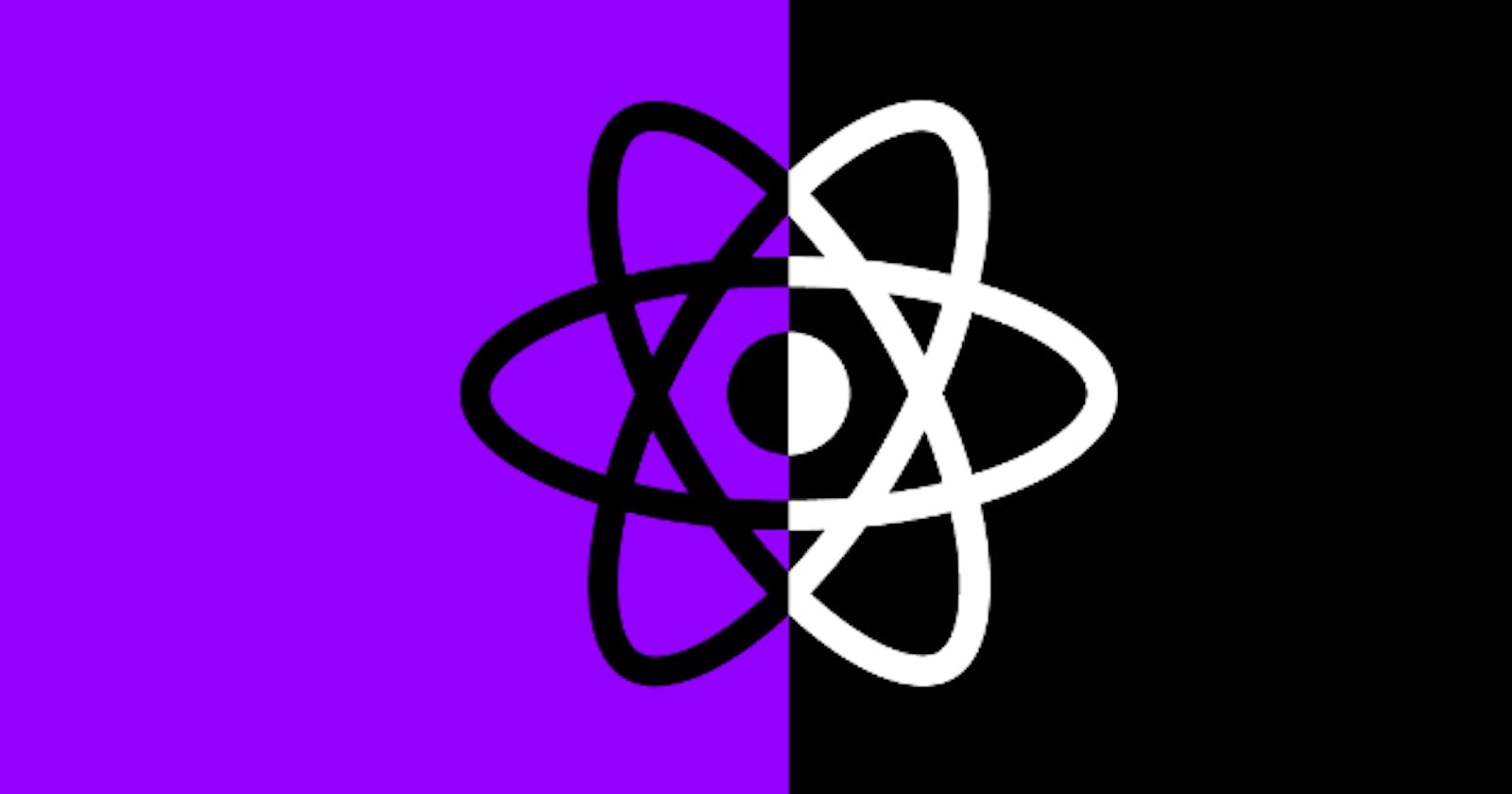Table of contents
No headings in the article.
How much do you know the terms in React?

React is not only efficient for development but also one of the most popular JavaScript libraries used for building dynamic user interfaces hence, the reason why everyone likes it!
React is a component-based javascript library and offers very smooth and efficient rendering capabilities. With React, you can seamlessly create complex and interactive web applications without getting lost in between.
In this article, I would share the most important terms that form the foundation of React programming. I strongly believe this article would help you understand how React works, and also help you scale your next React interview.
So, let's delve into the mysteries of React (..*I mean, the terms!*😉)
JSX (JavaScript XML): JSX sounds like the tough guy but trust me, it is the most friendliest Javascript extension that lets you write HTML-like code within your JavaScript files. With JSX, you can define the structure and appearance of your react components and, it is straightforward too. Just make sure all your HTML content is in a single-parent container.
Components: Components are the building blocks for your awesome React application. React lets you create independent reusable units of user interface logic which you can easily import when needed. You get to write lesser codes with React components.
Props: Props are simply properties. We use props to pass data from a parent component to a child component. You can customize and configure components based on the data you pass in as props. Props make your component dynamic and adaptable. Subtle notice: Don't modify your props within your components ( they are READ ONLY).
State: State is the internal data and dynamic behaviour of a component. You can set the rules for states right from the component itself. Unlike props, state changes and React automatically re-renders the component to show the updated state. You can use state to handle user interactions, manage component-specific data, or your app's state.
Virtual DOM: (DOM is Document Object Model✌). Virtual DOM is the real HTML DOM that is represented in the memory. It lets your app load faster by updating and rendering the necessary components when there is a change in the application's state - instead of the traditional method of rerendering the actual DOM when a change is being made. The Virtual DOM is the secret agent that gives your user an impressive feel of your app and it is lightweight in size.
Hooks: Hooks are React functions that allow you to use state and other React features in functional components. Hooks let you write reusable logic and manage stateful behaviour in functional components. UseState, useEffect, useContext, and useCallback are all powerful hooks you can experiment with.
So, this article has covered the major aspects of react terminologies but, there are more. Trust me, you can always find your way around other terms since you already know the major ones.
React is component-based and straightforward, you can always experiment with it.
You've come this far, THANK YOU!
So, what are you building today? Share and let's rub minds together.
